You’re at your local Foods-R-Us standing walled-in on three sides by their abundant wine selection. This glorious excess is overwhelming; nothing like 20 minutes of wine bottle decoding to get you in the mood for a 6 pack of beer. Among the masses of bottles, you come across the vague, and often misleading, “Old Vine Whatever.” It certainly sounds official, but what do we do with that information?
The term “old vine” insinuates, rather obviously, a contrast with “young vines.” It also gestures towards an advantage or higher quality. There’s a reason that not many (read: no) wine producers waste ink or label space to illuminate the youth of their vineyard. But let’s consider some facts about vine age before aligning our opinions with the marketing choices of various wineries.
When a vineyard is planted it takes about two to three years for a vine to produce fruit viable for wine production. During this time the vine is continually developing its root system and getting situated in its new location (i.e. the vineyard’s climate, soil types, patterns in water access). Vintage after vintage, the vine becomes smarter and more adaptable to its surroundings. Essentially, it grows older and wiser. Plus one point for old vines.
Grape vines, though resilient as all hell, do have a production threshold. Depending on the varietal and growing conditions, grape vine productivity tends to decrease as they get into their mid-20s and 30s. So rather than the big, tightly packed fruit clusters found on the young’uns, older vines produce less clusters with smaller, more concentrated berries.
This is generally reflected in the finished wine as a more layered and concentrated product than its youthful, more fruit forward counterpart might produce. (A free little tidbit to keep in mind if you have a preference for one style over the other.)
This is great, you say. Now I know what I might expect when reaching for that oldie but goodie. But really just how old does a vine need to be before it is deemed worthy of this title and the fruitful bounty that ends up in bottle is bestowed the “old vine” distinction? Get ready for this kicker…
There are no legal regulations.
The old vine designation may very well be applied to vineyards that are only a few years old, making it not much more than a marketing-oriented flourish on a wine label. Super anti-climatic. Best way to be sure? Do what you’re doing now and check out the back label (the literal one on the wine bottle).
Oftentimes, growers of well established vineyards are proud of their vines’ ages and indicate when they were planted. The more wine you drink, (it’s research people!) the more you will become familiar with vineyard names and producers and learn what to expect from each.
Now that you’re older and wiser than you were when you started this article, go forth and enjoy the diversity that young and old vines pass on to the wines they are a part of.

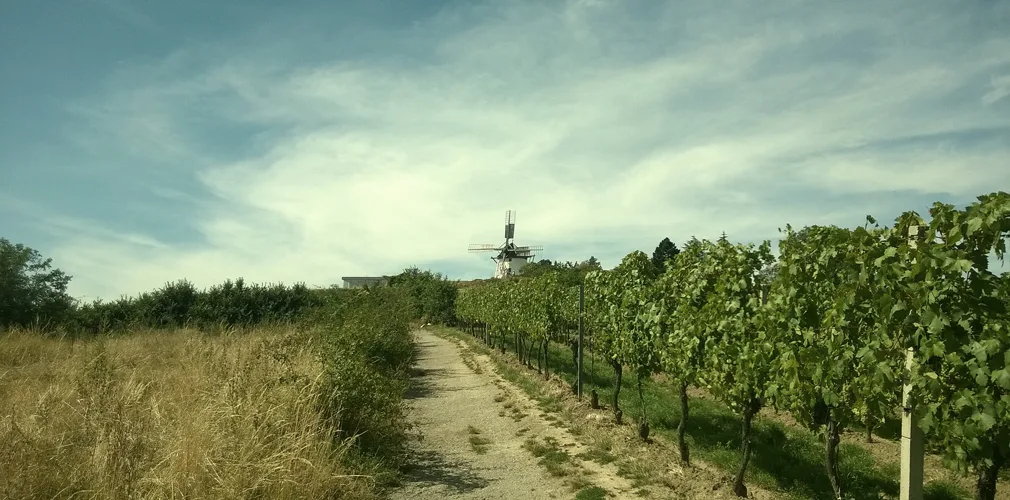


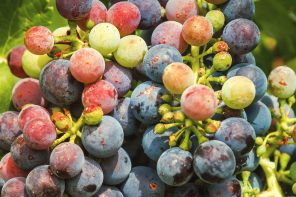
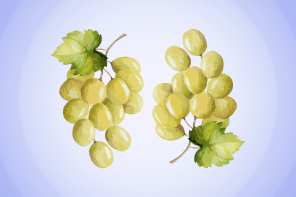
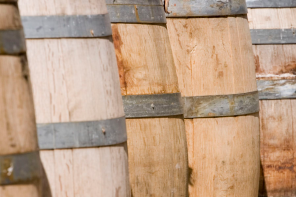
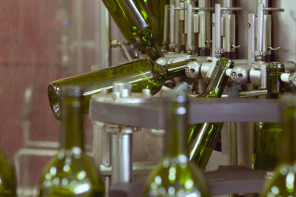
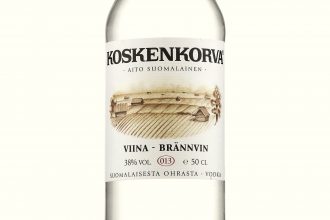
Especially made for Christmas time
The star of Bethlehem when Jesus was born in the stable there was a star a above a sign of greatness a king was born on christmas day